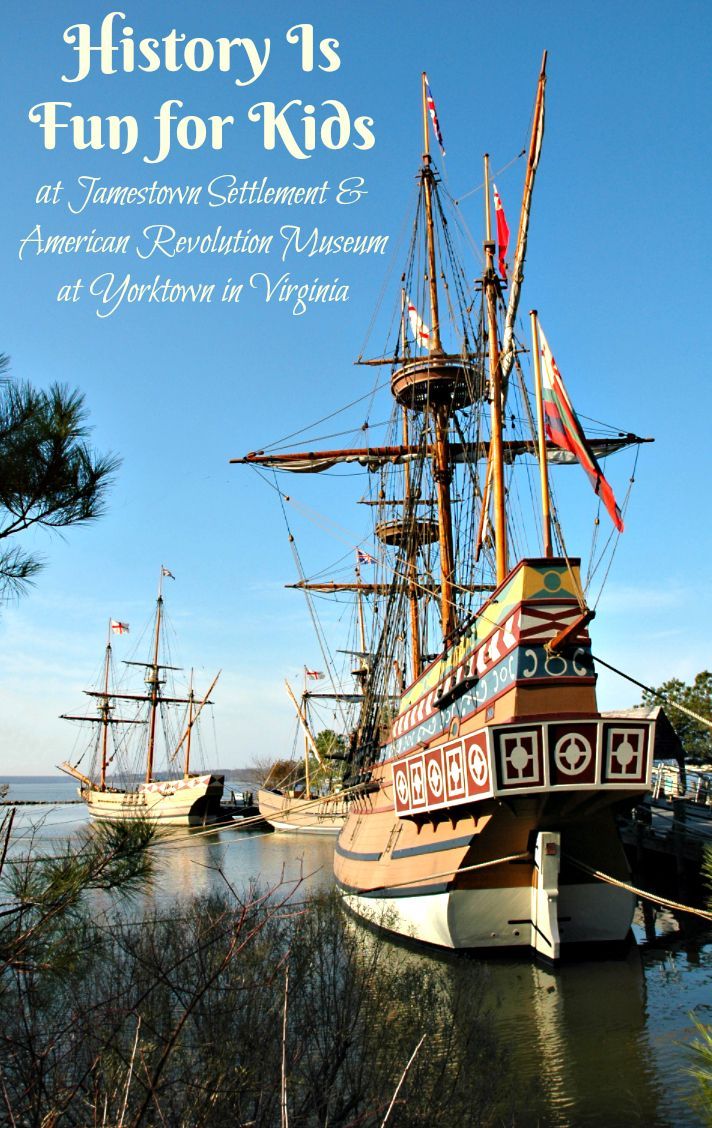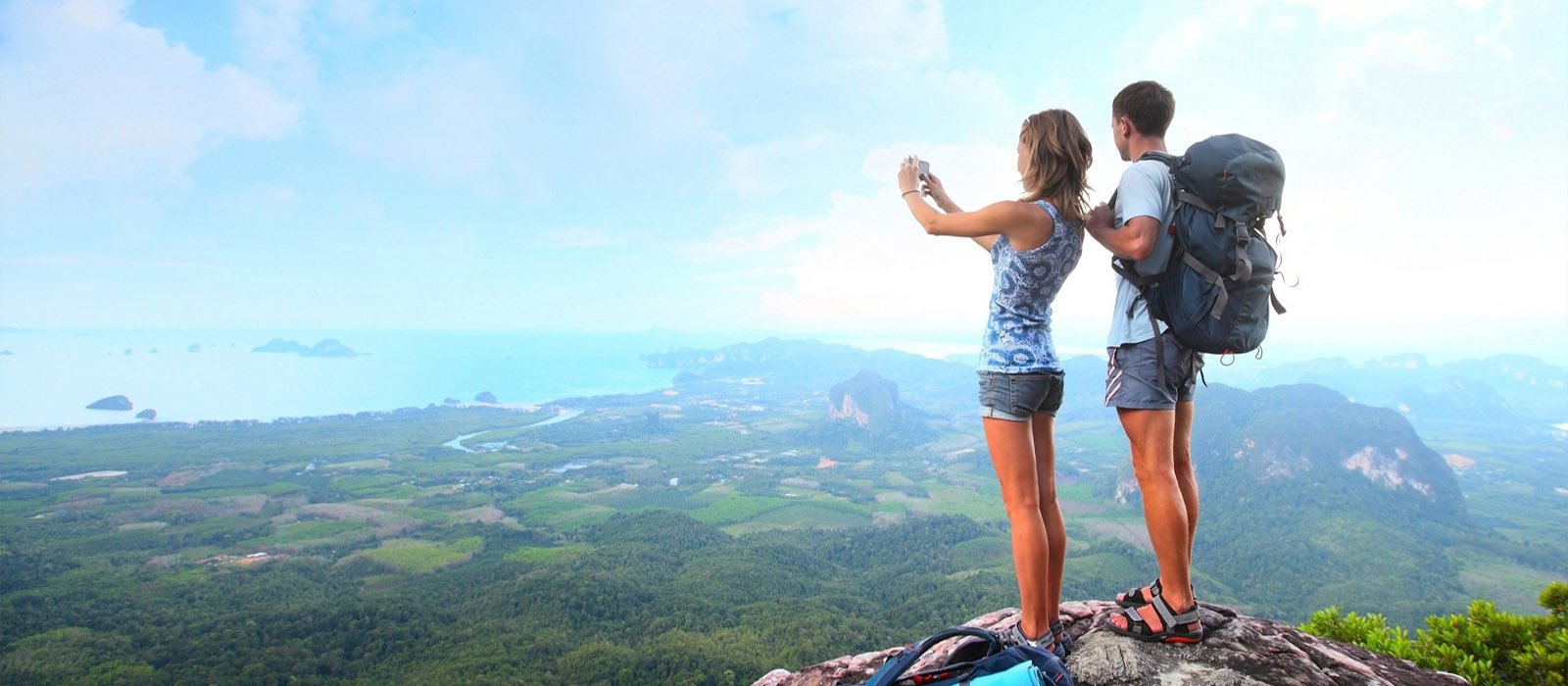Initially, Jamestown was a personal industrial project subsidized by the Virginia Company. Its stockholders hoped to benefit from the New World’s herbal resources; however, they also supported English goals – counterbalancing Spanish colonization, spreading Christianity to some of the Native Peoples, and finding a northwest passage to the Orient. Extreme hardships and Indian battles took their toll even though, and in 1624, control of Virginia surpassed the crown of England.
Interestingly, as a royal colony Jamestown sooner or later, was capable of entering a period of relative peace and prosperity. In succeeding years, it even has become a land of opportunity for the English negative who signed on as indentured servants, bound by using contracts to paintings for several years in return for their passage to America. When their contracts expired, many could buy land at a low value and started working their very own farms.

The Jamestown Settlement of nowadays is a Living History Museum, constructed to commemorate these critical early years. For young and old, it gives a great deal to revel in. Begin your go-to within the expansive indoor museum complex, wherein a movie offers an overview of Jamestown’s origins in England and its first twenty years as a colony. Exhibit galleries combine artifacts from the period with pics and reproductions to enlarge the Jamestown tale.
After this orientation, step outside to explore four representative Living History websites populated using interpreters in length clothing. Seventeenth-century activities and unique activities carry Jamestown lower back to lifestyles.
Powhatan Indian Village – At their top of power, the Powhatan Indians held a territory that stretched from south of the Potomac River to the south aspect of the James River. The close-by English colonists traded items with them. They also traded “sons,” who served as interpreters and hyperlinks between very extraordinary human beings – younger Thomas Savage of Jamestown lived with the Indians, and Namontack lived with the English for brief durations. While each person realized the mutual gain of nonviolent members of the family, the goodwill did not last. War erupted, and the Powhatans were overwhelmed. Around the mid-1600s, the primary Indian reservations had been installed; they restrained the land Natives may want to use for hunting and fishing.
Today, the Powhatan Indian village at Jamestown Settlement is a remarkably genuine re-creation of higher times. The houses, lawn, and ceremonial dance circle are based on eyewitness drawings and written bills and archaeological findings. Interpreters in Indian attire cultivate crops, craft pottery, make bone tools, tan deerskin, and weave plant fibers into rope.
James Fort – Immediately upon arriving inside the New World, the Jamestown colonists targeted ways to avoid the errors made at ill-fated Roanoke Island (England’s first two attempts at colonization). The website they chose for settlement became low and swampy but incredibly defensible from each land and sea. They divided into 3 agencies: one to build a citadel, another to clean the land for crops and then plant the seeds they had introduced, and a third to discover the river upstream for a likely passage west to the Orient. (Clearly, they did not realize that the coveted Orient was properly past reach.) The hope became that Jamestown might grow to be a “manufacturing unit-citadel” (buying and selling post), capable of correctly defend itself and be self-sustaining. It became a totally humble beginning.
James Fort performed a vital function until the mid-1620s, when the colony expanded into a “New Town” to the east. While the citadel fell to break, it becomes now not lost all the time. Here at Jamestown Settlement, you may go to a terrific representation primarily based on eyewitness debts, a cartoon from the duration, knowledgeable wager-work, and records emerging from remains of the authentic citadel being unearthed only a mile away at Historic Jamestowne. Inside the timber palisade is thatch-roofed, wattle-and-daub structures approximating the colony’s church, storehouse, homes, and armory. Jamestown interpreters in length apparel are busy operating across the castle, engaged inside each day sports ordinary of the early 1600s, including gardening, cooking, carpentry, blacksmithing, and army topics including musket practice.
Susan Constant, Godspeed & Discovery – Three merchant ships loaded with passengers and cargo had launched into the voyage from England to Virginia on December 20, 1606. Destined to set the direction of American records have been many gentlemen, a blacksmith, 4 carpenters, bricklayers, a barber, a minister, and some general workers. They persevered 4-half of grueling months at sea, wracked through storms and contamination. And yet, of the 144 people on board – all men and boys – best one died in the course of the voyage.
Roughly a month after Jamestown changed into founded, the “Susan Constant” and “Godspeed” back to England with 39 crew members, leaving 104 courageous settlers to construct a possible colony in an alien land. The smaller deliver, “Discovery,” stayed at the back of and became utilized by Captain John Smith to change goods with Indian villages alongside the Chesapeake Bay and Tidewater rivers. It was also used to chart Massachusetts’s Cape Cod vicinity and gain fish from northern waters for the Virginia colony.
Today, you could board complete-scale replicas of these three English vessels and talk with costumed interpreters approximately the spirit of the journey that influenced the early colonists. The bark-rigged “Susan Constant” is particularly lovely. Re-created at Jamestown Settlement, she was commissioned in 1991 and now periodically plies Virginia and the Chesapeake Bay waters as a goodwill ambassador vessel.






